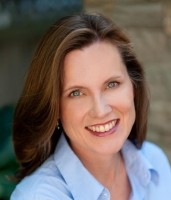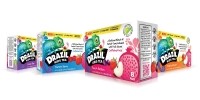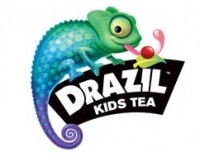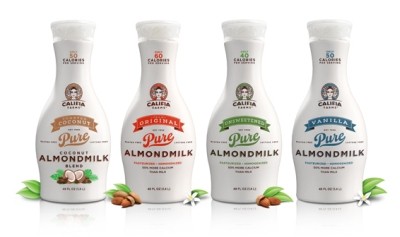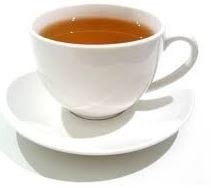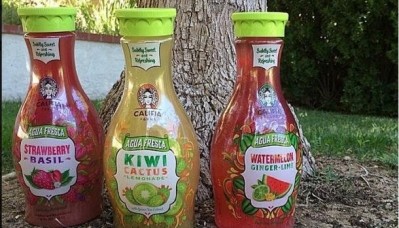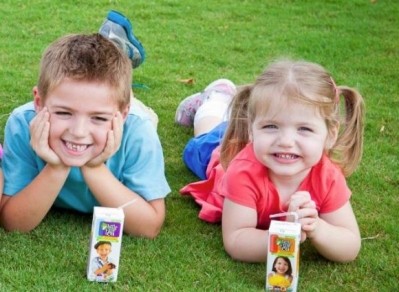Big Interview: Drazil Kids Tea founder Christine Wheeler
Kids’ tea could overtake 100% juice as healthy ‘gold standard’: Drazil founder
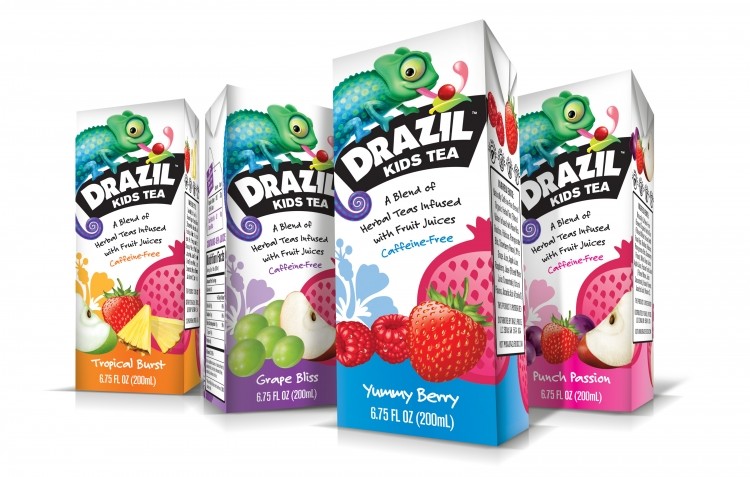
A former executive at Proctor & Gamble and mother of four, Christine Wheeler pinpointed a void in the kids’ beverage marketplace for a naturally healthy, reduced-sugar ready-to-drink beverage line as US consumers started falling out of love with 100% juice.
“I’ve always been a huge tea drinker, and having lived in Japan and Poland, I’ve been exposed to cultures that place huge cultural emphasis on tea. There’s a huge need for healthy beverages that actually appeal to kids, so I thought, why not tea?”
100% juice losing its luster amid growing concerns about sugar
Influenced by her big brand experience, Wheeler opted for a measured approach, beginning with extensive market research.
"I’ve been studying the kids’ beverage market for eight years,” she said. “And for much of those eight years, 100% juice has been the gold standard among health-conscious parents. What’s interesting now is how much that has changed in the past few years; 100% juice certainly won’t go away, but it is softening.”
The long-touted “naturalness” of the sugar found in 100% juice simply couldn’t stand up to growing concerns about the role of excessive sugar consumption in rising childhood obesity rates, leaving many parents seeking less sugary alternatives. Beverage companies answered with juice concentrates diluted with additional water, such as Honest Kids Fruit Quenchers and Juicy Juice Fruitfuls, though Wheeler says such kid-targeted enhanced waters haven’t performed well.
So she began testing 100% juice infused with naturally caffeine-free herbal tea instead of water—with the goal of cutting down on sugar without compromising flavor or losing too many nutrients. The product underwent several iterations and nearly three years of testing before it launched in 2013.
“We did a tremendous amount of blind product taste testing. And consumers kept telling me how much they loved herbal tea for kids, but they wanted less sugar,” she said.
The team formulated with juice levels of as low as 30% (where they lost a lot of kids in blind taste tests) before settling on a 6.75-ounce formula comprising 54% brewed herbal tea and 46% all-natural fruit juice. The four flavors—Punch Passion, Grape Bliss, Tropical and Yummy Berry—were whittled down from 13 during the testing phase as the most popular among kids. Each flavor begins with the same signature blend as a base: rooibos (which rivals green tea in health benefits but is naturally caffeine free), rose hip, hibiscus, pomegranate. Each variety contains dried fruit pieces that correspond with the flavor (i.e., strawberry pieces in Punch Passion and grape pieces in Grape Bliss).
How do you get more adult tea drinkers? With more kid tea drinkers
Drazil was positioned as a tea instead of a juice because “kids around the world are drinking tea,” Wheeler said. “Tea may not be as popular in the US, but it’s been making a comeback in the last five years.”
Despite tea’s ubiquity in US household cupboards (77% penetration, according to Packaged Facts), it has struggled to gain the widespread cultural appeal in the US when compared to Asian and European markets—which could be why there are fewer habitual adult tea drinkers here, Wheeler surmised.
“I’ve studied how habits are formed when doing product development,” she said. “How do you get more adult tea drinkers? You get them to start drinking it regularly when they’re young. Tea is perfect because it’s relatively inexpensive to brew, so healthy—all those antioxidants, nutrients. Why not develop those habits young?”
Brands need visual identity, especially among kids
For Wheeler, a huge part of establishing habits at a young age is through powerful messaging—especially when you have to simultaneously build trust with parents while appealing to kids. So she spent a lot of time choosing the brand name and creating packaging that would attract kids while still sending the message that the product is healthy.
“One frustrating thing about healthy products is many have boring package design. Our goal was to create a healthy product with very appealing packaging,” Wheeler said. And because a single word can establish a brand’s position, selecting a name and accompanying graphic took a tremendous amount of work, ultimately taking inspiration from her kids’ classrooms (where one student’s pet lizard was named Drazil), and a trip to the museum (which was hosting a lizard exhibit).
“It’s really important to have visual identity—so when consumers hear your brand name, they think of something,” she said. “Plus, I’m big on emotional connections with kids, so everything has to resonate with them. I stumbled upon this idea that ‘lizard’ spelled backward is ‘drazil’—which kids are quick to get—and I jumped on it. The character also had to be something kids would identify with, which is why we went with a chameleon.”
The ultimate goal for Drazil is to denote “kids tea” as a category, which is why the budding brand is eyeing the conventional market for distribution—and why it opted for an eight-pack format, despite that it means Drazil retails for nearly $1 more at certain locations than its main competitor, Honest Tea.
“We will probably always stay in the natural channel, but the product was created with conventional stores in mind because that’s where the volume is,” she said. “We designed it to appeal to more people from a pack size standpoint—going with the eight-pack instead of something smaller.”
When Starbucks makes a push into tea…
It appears the timing may be right to bring tea for kids to the mainstream. Starbucks recently made a high-profile move into the $90bn global tea market, snapping up high-end tea seller Teavana for $620mn, with plans to open 1,000 tea bar concepts throughout North America. “Starbucks is going to pave the way for a lot of tea brands. Plus, you have all these RTD bottled companies already doing a great job. Every year, we’re seeing tea becoming more mainstream.”
Drazil was recently picked up by several Whole Foods Market stores in the Southwest and secured distribution in a club store in the Midwest for the fall. But Wheeler isn’t in a massive rush to expand. The company’s strategy since it launched last year in 20 natural foods stores on the west coast has been to focus on one or two markets and move across the country organically, as the company has relied heavily on trial.
“People have been positive to the tea—they taste it and say, ‘my kids will like it!’. And the naturally caffeine free message is key. But there is a need for education, and as a startup it’s harder to invest to educate. Once we get trial, people love it. It’s a matter of going slowly.”
What's hot in beverages?
Is tea for kids the next big thing in beverage? Find out what beverage entrepreneurs and industry experts think during FoodNavigator-USA’s live online Beverage Entrepreneurs Forum, taking place Wednesday, July 23 at 11:30 am EST.
